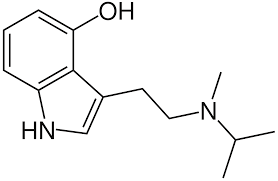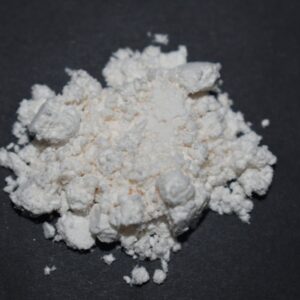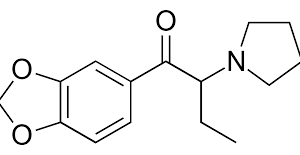Description
Ketamine powder
Background of Ketamine
Ketamine is an NMDA receptor antagonist with a potent anesthetic effect. Calvin Stevens developed this chemical in 1963 as a replacement for phencyclidine (PCP) at Parke Davis Laboratories. It started being used for veterinary purposes in Belgium and in 1964 was proven that compared to PCP, it produced minor hallucinogenic effects and shorter psychotomimetic effects. Thus, FDA approved it in 1970, and from there, it has been used as an anesthetic for children or patients undergoing minor surgeries but mainly for veterinary purposes. Also, it is a dissociative.
Indication
Ketamine is an anesthetic agent for several diagnostic and surgical procedures. However, reports have indicated a potential use of ketamine as a therapeutic tool for the management of depression when administered in lower doses. These reports have increased the interest for ketamine in this area. Thus, researchers have launched several trials for this indication.
Mechanism of action
Ketamine interacts with N-methyl-D-aspartate (NMDA) receptors, opioid receptors, monoaminergic receptors, muscarinic receptors and voltage sensitive Ca ion channels. Unlike other general anaesthetic agents, it does not interact with GABA receptors.
Absorption
Ketamine absorption is very rapid and the bioavailability is around 93%. Administration of ketamine permits only 17% absorption after the first pass metabolism. It distributes very rapidly and presents a distribution half-life of 1.95 min. Thus, the Cmax levels at peak reach 0.75 mcg/ml in plasma and 0.2 mcg/ml in cerebrospinal fluid.
Metabolism of ketamine
Ketamine presents a mainly hepatic metabolism and its major metabolite is norketamine. It’s biotransformation corresponds to N-dealkylation, hydroxylation of the cyclohexone ring, conjugation to glucuronic acid and dehydration of the hydroxylated metabolites for the formation of cyclohexene derivatives.
Route of elimination
Pharmacokinetic studies have resulted in the recovery of 85-95% of the administered dose in urine mainly in the form of metabolites. Also, bile and feces eliminate ketamine. However, intravenously administration results in distribution of 91% of the administered dose in urine and 3% in feces.





Reviews
There are no reviews yet.